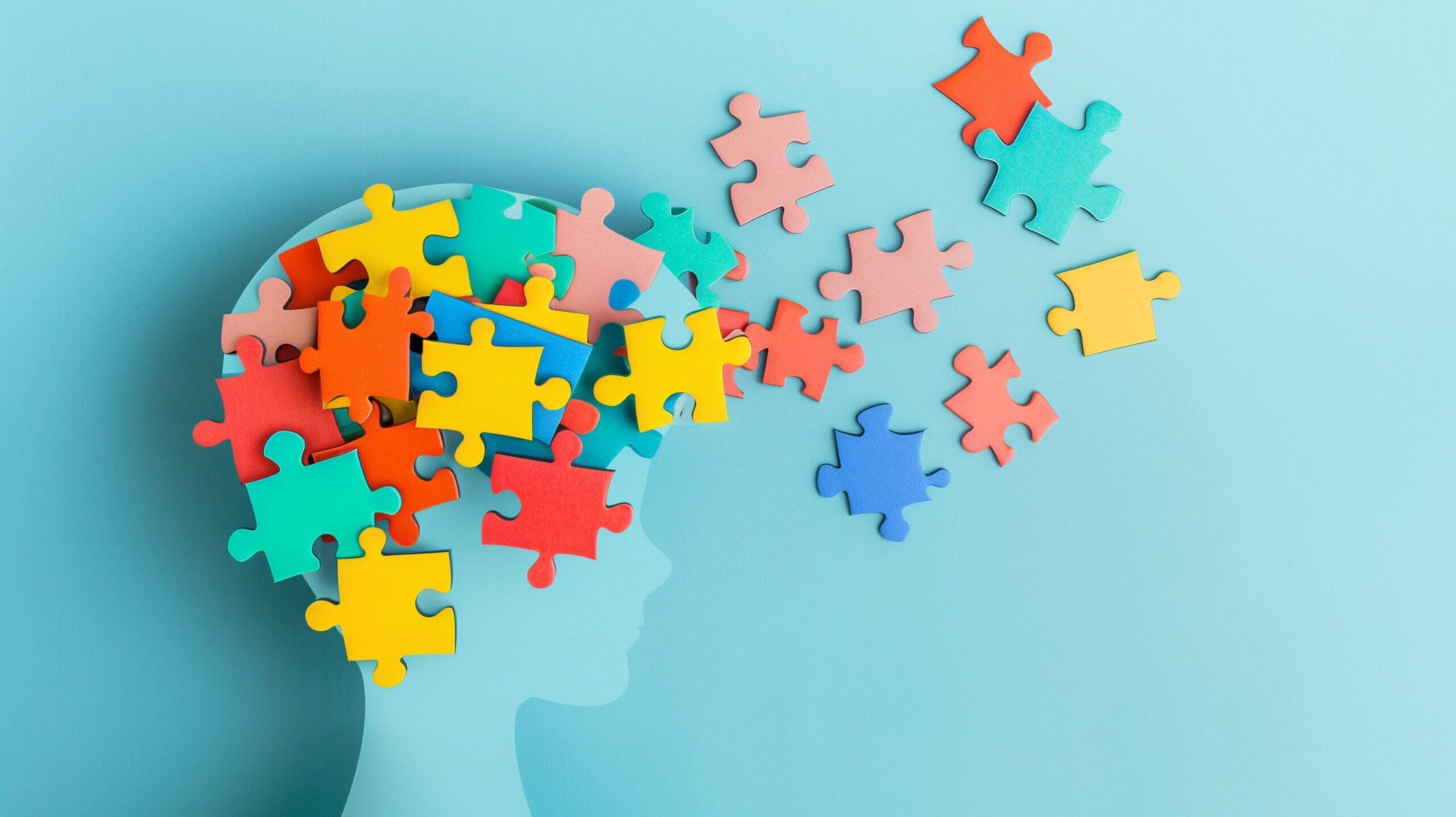
Decoding Behavior Issues in Special Education Students
To navigate behavior and discipline for students in special education, assistant principals can start with understanding the “whys” of the behavior to implement student-centered, equitable solutions that keep students in class.
Topics: Assistant Principals
Special education students bring more than their IEPs to school. They also bring complex origin stories woven from their capabilities, diagnoses, family circumstances, and personalities. While striving to comply with IDEA and Section 504, effective principals can seek out the “whys” of student behavior as their roadmaps to student-centered, least exclusionary, and more equitable solutions.
“Just like we look at the whole child for academics, we have to look at the whole child for behavior,” says Kirstie Solano Mullins, principal, John Barnes Elementary School, Flat Rock, Michigan. “We can’t just say, ‘Here’s the punishment,’ and that’s it.”
Public schools are providing special education services to a larger share of students, according to the Wallace-commissioned research synthesis “How Principals Affect Students and Schools” by Jason A. Grissom, Anna J. Egalite, and Constance A. Lindsay—leading to a changing mindset by administrators around instructional needs of students with disabilities and integrating the special education program into the instructional program of the rest of the school.
Getting Started
Multiple factors can influence behavior. Experienced administrators weigh them all, from physical manifestations of a disability to home circumstances and the impact of trauma on the brain.
While putting the student’s life in context, it’s also important to unpack the circumstances of the incident itself. Did the student truly commit a cardinal sin, such as hitting a teacher, or just call the teacher an unprintable name? Was genuine harm committed, or were feelings simply hurt?
It’s important to make sure teachers feel supported, but a clear-eyed assessment might show that positive behavioral interventions and supports (PBIS) can be more appropriate than traditional discipline.
“We really try to meet those kids where they are,” says Ed Cosentino, principal, Phelps Luck Elementary School, Columbia, Maryland. “We try to figure out what the function of the behavior is and put proper behavior intervention plans in place that teach kids how to cope with whatever they’re dealing with, and if they hit a roadblock, how to correct themselves and move on.”
PBIS offers a three-tiered framework for matching student needs with the school’s academic, behavioral, social, and emotional support. Research from the Center on PBIS reveals that students in special education respond to more than just the intensive Tiers 2 and 3. When schools implement PBIS Tier 1 with fidelity by committing to a schoolwide foundation of proactive support, the social-emotional behavior of students with disabilities improves while their exclusionary discipline declines.
School leaders can adapt PBIS to their school’s particular needs. One administrator found that flipping penalties for misbehavior into points awarded for good behavior helps engage families in celebrating student successes. Another changes future behaviors by transforming the idea of “consequences,” shelving punitive measures like detention and opting instead for productive moments, such as a chat with the school leader.
“Discipline is about changing behaviors and helping people improve when they make mistakes,” says Matthew Moyer, principal, Rupert Elementary School, Pottstown, Pennsylvania. “When you focus on that with parents and children, we can move forward with an understanding that we’re all on the same team with the same goal.”
A Community of Learners
When it comes to disciplining special education students, school leaders can’t do it alone. Strategic teamwork can instill a positive, schoolwide culture of success that every student can tap into. Veteran administrators offer these tips:
- Hire dually certified teachers for their classroom training and assignment flexibility.
- Train paraprofessionals in additional adult support that equips them to help teachers instruct multiple IEP students in the classroom.
- Create a culture of deescalation by training all staff, including yourself, in nonviolent crisis intervention.
- Review student behavioral issues weekly with the special education team. Direct the conversation to additional supports and interventions to minimize incidents and help the student succeed.
- Check behavioral data for trends. Are misbehaviors spiking in specific locations or certain times of the day? Then, gather ideas from teachers and staff to minimize disruptions, and be sure to collect student feedback, too. “If you can be proactive in the messaging or structure or guidelines for students, you can address behaviors before they happen,” says Xavier Reed, principal, Wayzata Central Middle School, Plymouth, Minnesota.
- Parents are members of the team, too. Help them do their part by connecting them with in-school staff and community resources.
Keys to Success
The legal requirements around special education aren’t the ceiling. They’re the floor. Rebrand special education by exceeding the mandates.
- Consider trauma-informed conscious discipline to build emotional skills, provide creative outlets, and give adults a social-emotional boost.
- Rethink special education as a service and not a location. Students can be assigned to a home base equipped with all the tools for meeting their needs, but they can also be placed in general education classes for exposure to the core curriculum.
- Pursue alternative behavior-management strategies, such as restorative justice and home visits with parents, as an effective, research-based strategy for closing racial discipline gaps.
- Celebrate! When behavioral incidents decline, reward the students with open gym or board-game days.
Resources
Looking for more information on how to support students in special education and their teachers? These resources are a great place to start:
- Navigating SEL from the Inside Out — Harvard Graduate School of Education, commissioned by The Wallace Foundation
- Trauma-Informed Social and Emotional Learning — Conscious Discipline
- Questions and Answers: Addressing the Needs of Children With Disabilities and IDEAs Discipline Provisions — U.S. Department of Education
- Why Implement Teir 1 PBIS for students with disabilities? What does research say? — Center on PBIS
- You’re the Principal! Now What? — Jen Schwanke
- What Great Principals Do Differently — Todd Whitaker
M. Diane McCormick is a Pennsylvania-based writer and author.

